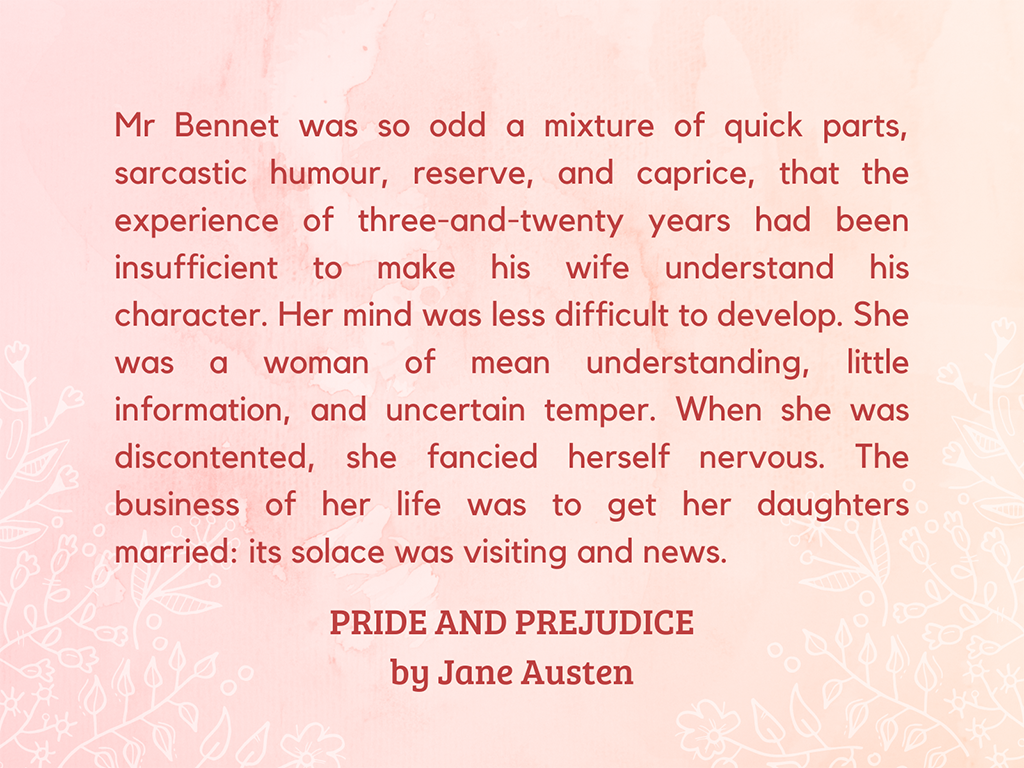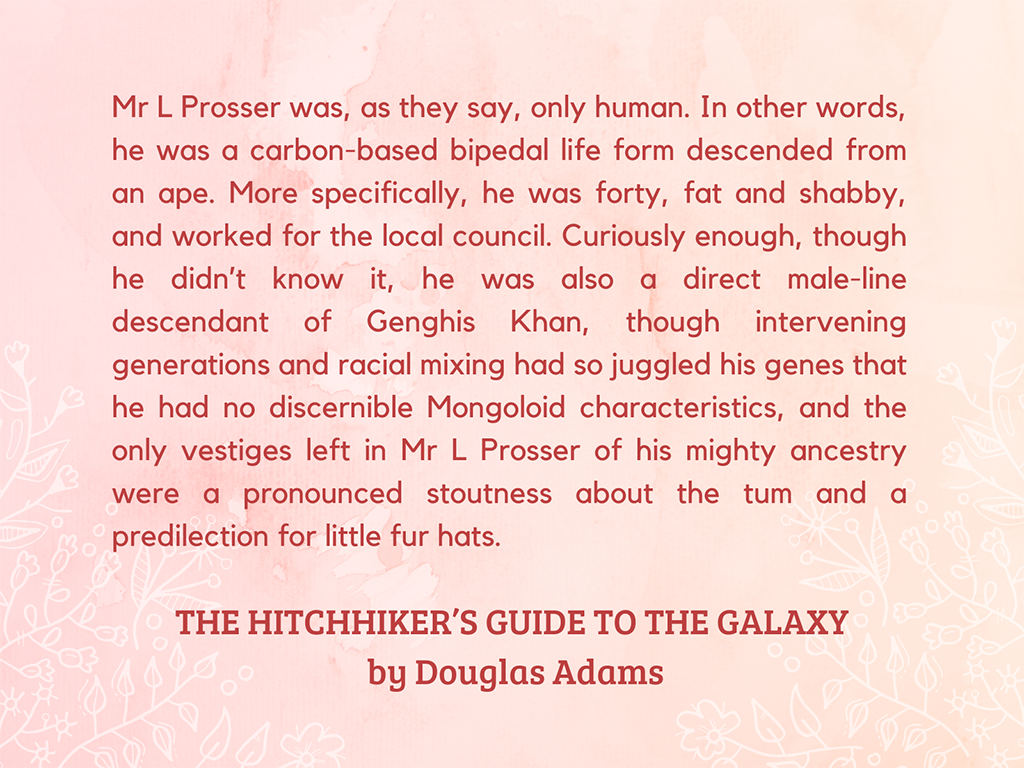The last of our Three Narrative Os, Omniscient Narration features a Narrator who is an all-knowing entity with an all-seeing perspective. In its purest form, it is straightforward, impersonal, and authoritative.
A Godly Perspective
Etymologically, the term “omniscient” comes to us from Latin omni– “all” and scire “to know”; in English, it won out over the now-archaic “omniscious” of the same origins; these words and their close associates (omniscience, omnisciently, etc.) entered the language in the late 1500s and early 1600s, and were commonly used as attributes of Deity, alongside “omnipresent” and “omnipotent.”
Thus, the Omniscient Narrator has a godlike affinity. This narration, by design, possesses two of those three qualities. The third, omnipotence, typically belongs to the Author of the story rather than the avatar who narrates it.
A Telling Strength
Omniscience allows the Author to communicate world-building details and other information outside the Characters’ knowledge. The story can also move from scene to scene without the need of a designated Viewpoint Character. This enables foreshadowing and dramatic irony, wherein the Reader receives cues and clues that the Characters do not.
Because of this broad perspective, though, Omniscient Narration can lean more toward “telling” rather than “showing” story details and events. Consider this excerpt from Jane Austen’s PRIDE AND PREJUDICE:

This entire paragraph is a “tell” rather than a “show.” There’s no dialogue or example to support the assertions about Mr and Mrs Bennet. Instead, the Narrator quickly and humorously relates their primary source of conflict. They are mentally and intellectually unsuited for one another.
The elder Bennets are a backdrop to the main story, so the Omniscience works well here. It provides context for their interactions throughout the book, not only with each other (which happens rarely) but with their daughters. It also shapes the Reader’s perception of them. Omitting these details would change our understanding of their relationship.
Long story short (too late), not everything needs to be a “show.” While the Omniscient Narrator can dive deep into a scene and convey every little action and emotion, restraint against this temptation yields a more tailored reading experience.
A Tangential Problem
Omniscience, in its all-knowing-ness, shares space with its fellow, Objectivity. Both narration types require the Author to discern which details are most essential to the story they aim to tell. Objectivity demands merciless culling, though. Omniscience creates room for exposition galore.
Which allows the unrestrained Narrator to wander off into tangents of questionable relevance. An infamous example lies in Victor Hugo’s LES MISÉRABLES, where he dedicates multiple chapters to the history of the Parisian sewer system.
Is it interesting information? Sure, if you like sewers and city development. Is it essential to the plot? No, which is why it gets cut from abridged versions of that work.
Earlier novels trend toward this practice more than modern ones. Current literary expectations encourage writers to leave their tangents in their world-building folders instead of incorporating everything into the draft.
That’s not to say the Omniscient Narrator should always avoid tangents, though.
Case in point: Douglas Adams’s THE HITCHHIKER’S GUIDE TO THE GALAXY. In this comedic masterpiece, the Omniscient Narrator frequently meanders off-course into details that have no bearing on the main sequence of the story.
For example,

This minor character—spoiler alert—doesn’t survive the first three chapters. We don’t need to know his distant genealogy, but its inclusion reinforces the playfulness of the story. It also creates a powerful juxtaposition. This sad little man bears no resemblance whatsoever to his fierce ancestor, even as he’s set on committing a tyrannical act, the unceremonious bulldozing of protagonist Arthur Dent’s house.
Thus the tangent, while not essential to the Plot, upholds the Theme, Tone, and Style of the novel.
Omniscient vs. Observational
As it does with Objectivity, Omniscience can also coexist with Observational Narration. These three Os occupy a spectrum: Objectivity sits on one end and Observation on the other. Omniscience spreads across the space between.
In short, the more personality an Omniscient Narrator displays, the more Observational they will be. The less, the more Objective.
When determining whether a Point of View is Omniscient or Observational, though, the strict dividing line appears to be definiteness. An Observational Narrator addresses a definite audience, someone specific: You, the reader who is currently reading their story.
In contrast, the Omniscient narrator addresses an indefinite audience, the denizens of mankind who may stumble across that piece of literature, the impersonal Reader, with a capital R. It’s a general Audience rather than a specific one.
Both Observation and Omniscience can be personable, fostering Tone and Style unique to their story. They can each foray into exposition and world-building beyond what the Characters know. Both can also express opinions, although the truly Omniscient Narrator will present theirs as fact.
All-knowing, all-seeing, you remember.
In contrast to Observation, though, Omniscient Narration puts narrative distance between the Reader and the Protagonist and keeps a similar distance between Reader and Narrator as well. This makes it overall a less immersive style.
Which isn’t necessarily bad, just something to keep in mind.
- What is your favorite example of Omniscient Narration?
- Why might you choose this type of narration over one of the other Os?
Up next: Limited Omniscient Narration
Previous: Observational Narration
Index Page: Point of View
I love your blog series, I feel I’ve learned so much! A lot of which I think I had subconsciously known, but would never have been able to put into words, especially not as magnificently as you!
I also really love how you find examples from other literary works for each post. How do you find the right quotes for each? That must take so much time!
Keep being amazing!
Thank you, Rena! The quotes are probably the trickiest part of each post. I’m always on the lookout for well-executed Points of View! My goal was to have a variety of examples, because I don’t want to imply that only certain segments of the literary world are doing/have done POV well.
The biggest challenge is finding short enough excerpts, though. A lot of POV principles and techniques manifest in longer passages, but that doesn’t work for a blog series. As it is, I mostly cross my fingers and hope the quotes I choose make sense 🙂
Comments are closed.